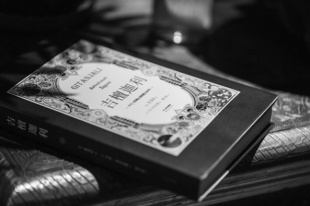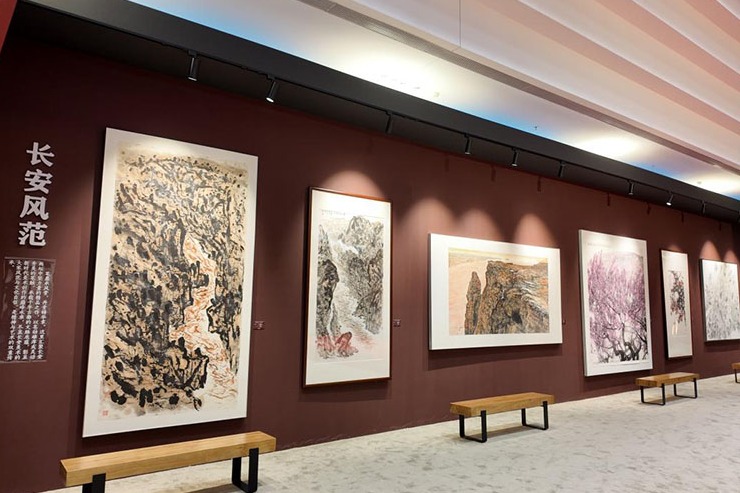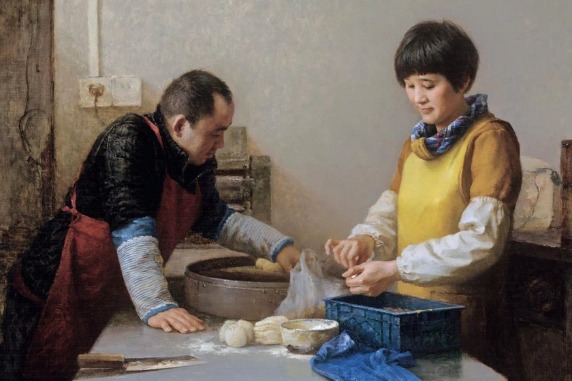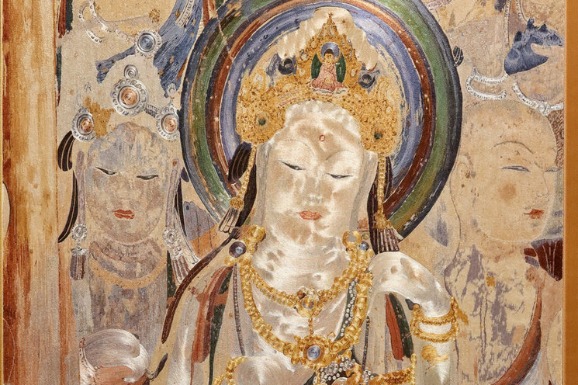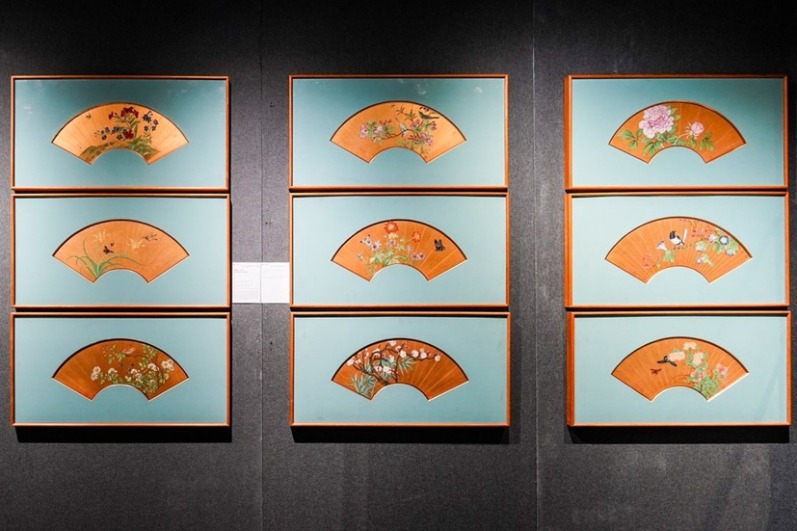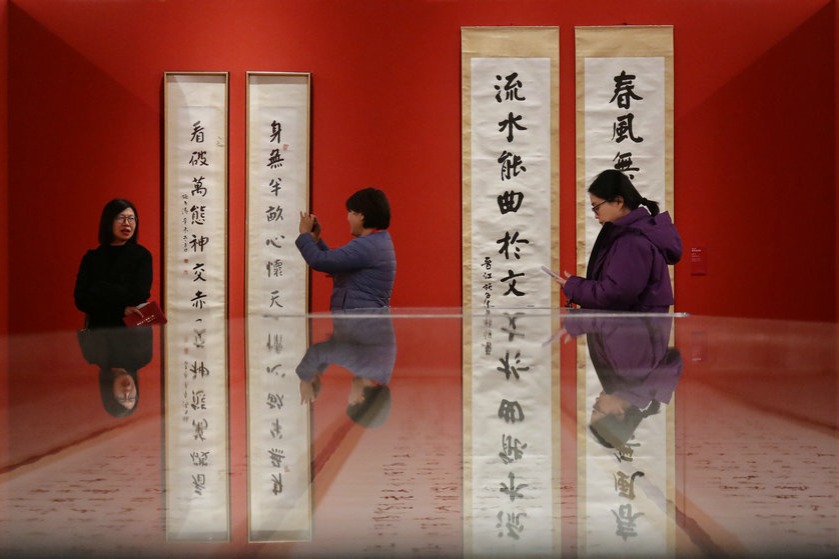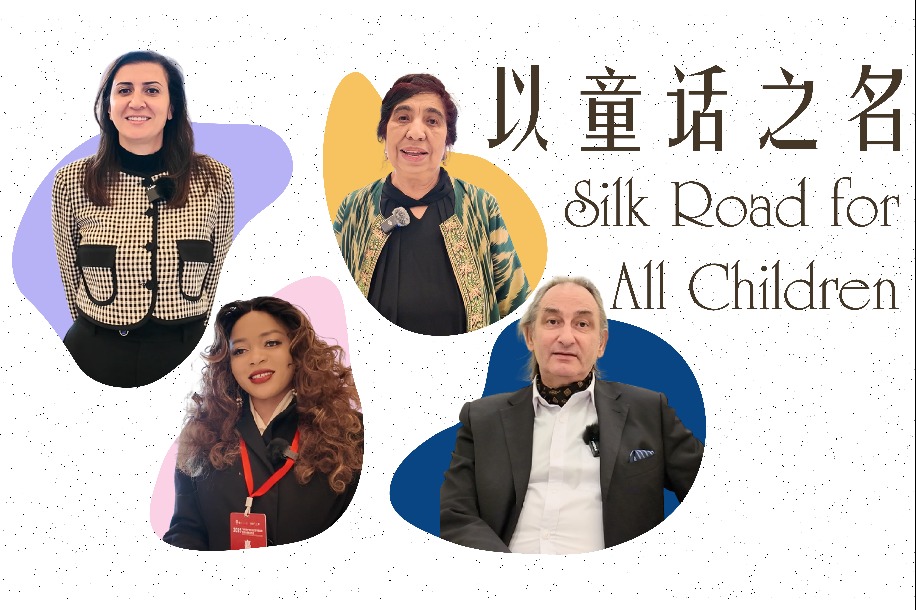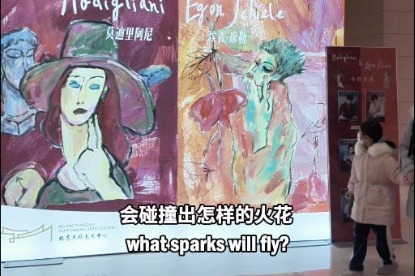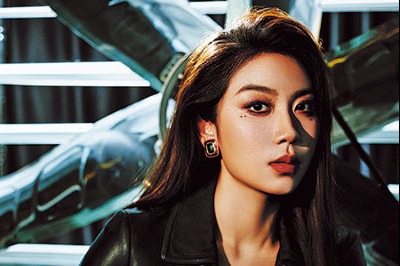Tagore's poetry continues to be inspirational


Indian poet Rabindranath Tagore in 1913 became the first non-European to win the Nobel Prize for literature. His work struck a particular chord in China, notably his most famous collection of poems, Gitanjali (Song Offerings). Ever since Chen Duxiu, one of the founders of the Communist Party of China, published four poems from the Gitanjali in the journal Xin Qing Nian (New Youth), in 1915, many others have translated the collection.
They include Zhu Wenxin (penname Wen Zhong); Zheng Zhenduo, first director of National Cultural and Heritage Administration of New China; Sun Jiajin (penname Wu Yan); Lin Zhihao; Wang Li; and Xie Wanying (penname Xie Bingxin or just Bing Xin). Another translation was published last November, by Xiao Xingzheng, a bilingual poet of English and Chinese who teaches English at Xiamen University in Fujian province.
Why another translation? "I feel the translation by Bing Xin didn't convey India's spiritualism." When Xiao first read the Gitanjali, aged 20, he believed they were love poems. "Not just me, many Chinese people thought the same," Xiao says. "Much later, I realized his Song Offerings were dedicated to the ultimate source of creation, call it god, Dao, Nirvana or Brahma. China has no devotional poetry dedicated to a god or gods and even Bing made no mention of that in the preface to her translation in 1981. That made it very difficult for people here to understand Gitanjali."
After reading Rabindranath Tagore: The Myriad-Minded Man by Krishna Dutta and Andrew Robinson in 2003, Xiao realized how misunderstood Tagore was in China; a year later he decided to translate Gitanjali into Mandarin, a task that took six months. During the process, he claims, he seemed to be in a triangular communication with Tagore and Bing. "I almost feel like I entered Tagore's mind," says Xiao, now 55. "In Western countries they call it mysticism. Such mystical connections have happened in our part of the world, too, but ancient Chinese sages hesitated to give it a name."
He kept rereading and rewriting his translation until it was published. Niu Changhong, an editor for Guomai Culture& Media Co, a publishing house in Beijing, had read Tagore's works in school. Her quest for someone who might have translated Kahlil Gibran's The Prophet led her to Xiao. But on seeing Xiao's body of work, she was instantly drawn to Tagore. Guomai had published Tagore's Stray Birds and The Crescent Moon, but not Gitanjali.
Even Niu felt Gitanjali had not been fleshed out properly. She had read seven Gitanjali translations and thought Xiao's was the most beautiful.
The book Guomai published mentions the international university (Visva Bharati, in West Bengal, India) Tagore set up and how his first book of poems was published under the pseudonym of Bhanu Singh, Bhanu being a name given to him by his sister-in-law Kadambari Devi, who held a special place in Tagore's heart. Her suicide at the age of 25 was a huge shock for Tagore.
The book also has 103 illustrations, one for each poem, by artist Mark W. McGinnis from the United States. McGinnis had sketched and photographed abundantly while traveling through India in 2000 to research a children's book. Those proved to be invaluable resources when he decided to carry out the Gitanjali project.
Guomai Culture printed 7,000 copies at first and then another 5,000. On douban's book section, reader Eva W. posts a comment that says: "This book is really beautiful. Each page is equipped with illustrations, colorful, zen-like."
Another comment by Malingcat says: "I read Bingxin's translation in 1955 when I was young. This version, I think, is better."
Reader Zhuang Butterfly Pupa says: "The new version reveals the spiritual sorrow behind Shintoism."
Danyboy says: "The lower left corner of each article is (in) English, and the right side is the translation, accurate and smooth, worth collecting".
Para says: "Layout is too poor, the picture is too small."
Another reader, called "And he thinks far away", says: "Compared with the previous translation of Bingxin, Xiao Xingzheng's translation focuses on the accuracy of poetry. I recommend my friends to read this translation."
Beijing-based Ma Zhigang, whose Mandarin translation of D.H. Lawrence's Rainbow was published in 1994, says Yan Fu, a late Qing Dynasty (1644-1911) thinker and translator, had set three standards for a successful translation: xin, faithful to the original; da, accurate; and ya, elegant and beautiful.
He said Xiao's translation meets the first two standards. "Reading it, we don't instantly think it is from a famous poet. There is no rhyme. Nevertheless, he has done quite a good job. I will give him 85 out of 100."


